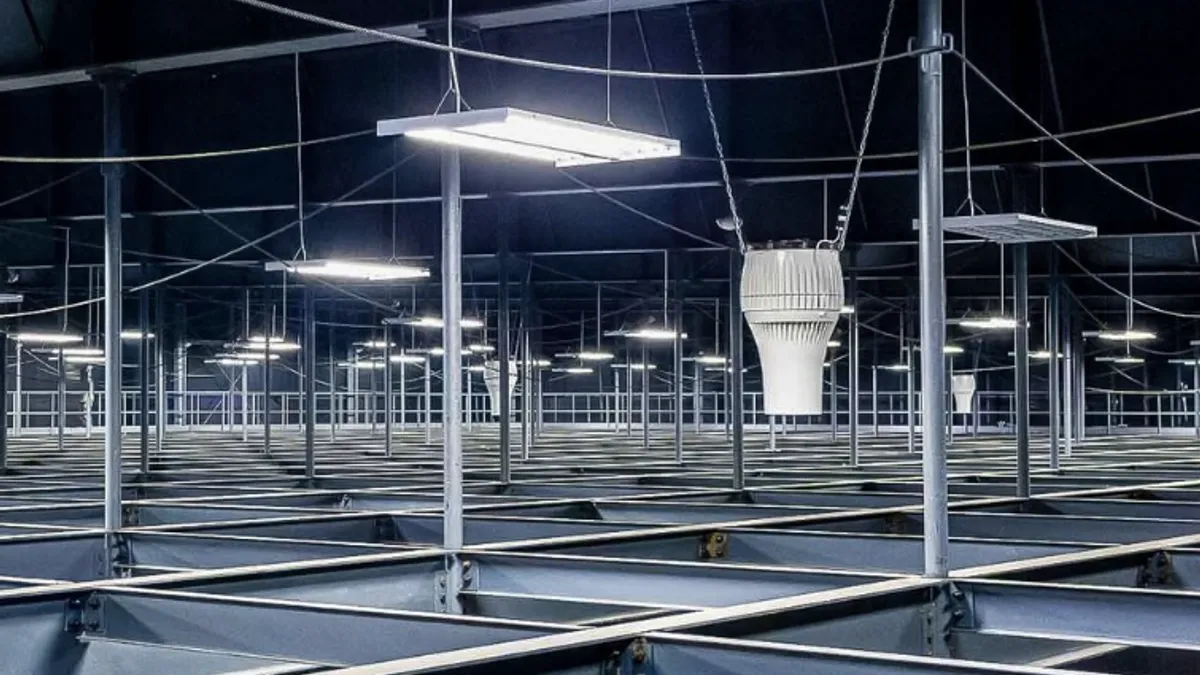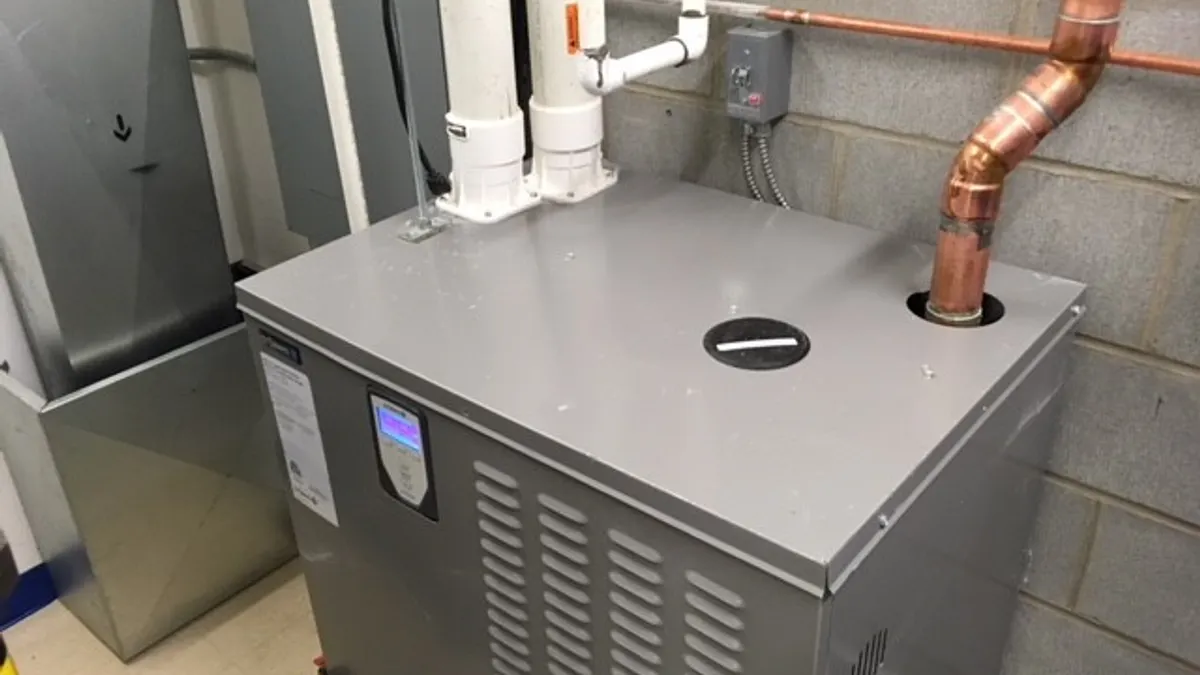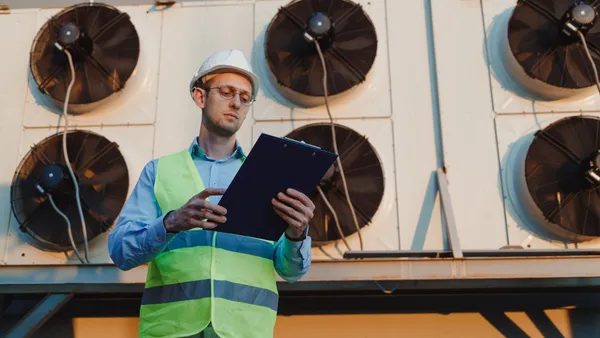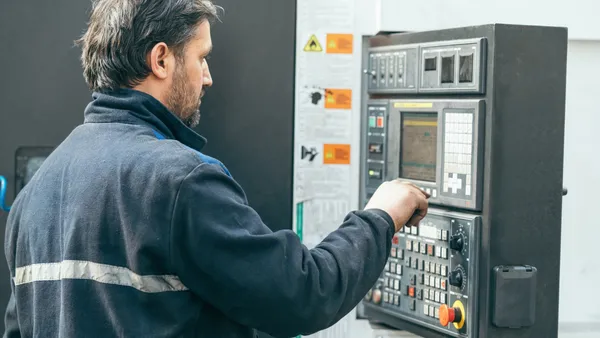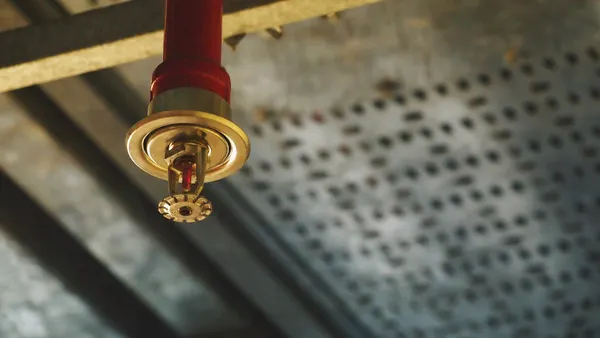Dive Brief:
- R-Zero has introduced a new indoor air quality monitor and connected dashboard aimed at providing real-time data that operators can use to ensure occupant comfort and support operational performance.
- Designed for offices, schools and healthcare facilities, the two solutions are intended to help building operators improve HVAC fault detection and optimize energy use, R-Zero said in a news release Tuesday. The solutions will allow users to maximize productivity, detect mechanical issues early on, fix ventilation problems before they become widespread and reduce maintenance costs, R-Zero said.
- "Monitoring indoor air and environmental quality goes beyond meeting the minimum compliance levels for standards like ASHRAE,” Dean Stanberry, past chair of the International Facility Management Association’s global board of directors, said in a statement. “You can’t manage what you don’t measure. By monitoring real-time building performance, you can swiftly address mechanical issues and assure occupants that their environment is safe and healthy, driving both satisfaction and value."
Dive Insight:
Indoor air quality continues to grow in importance for building occupants, due to clean air’s strong correlation with improved work performance and health risks associated with bad air, driving organizations like ASHRAE and the Centers for Disease Control and Prevention to publish guidance to help operators ensure adequate clean airflow.
With a growing consensus among experts that a lack of legislated IAQ standards exposes indoor environments to pollutants and airborne disease risks, federal lawmakers are pushing to strengthen regulatory oversight, introducing legislation that aims to address growing concerns over poor indoor air quality amid return-to-office mandates in the post-pandemic era.
Poor airflow is often caused by broken or bad HVAC systems that compromise occupant comfort and well-being, R-Zero said.
Common indoor air pollutants such as carbon dioxide can cause drowsiness and reduce concentration and volatile organic compounds — like those found in cleaning agents and paint — can exacerbate conditions like asthma and allergies. Additionally, particulate matter such as dust, mold, soot and pollen can harm respiratory health, according to the release.
Energy waste is also a common problem in spaces where HVAC systems are not functioning properly, R-Zero said
The company noted that by collecting real-time air quality data and environmental comfort measures like temperature, humidity, pressure, light intensity and noise, building owners and operators can not only improve tenant comfort, but also use data to support healthy building certifications and achieve a return on investment through operational improvements.
Its IAQ solutions include battery-powered and wireless sensors for air quality monitoring, thermal comfort and HVAC fault detection, which integrate into its smart building platform, allowing users to collect information that can also improve space optimization and energy efficiency, R-Zero said.
By using smart building controls to take corrective action when needed, operators can reduce occupant risk or discomfort by preventing exposure to “off-gassing from furniture and carpets with formaldehyde measurements,” R-Zero said. Additionally, the system can integrate with room reservation systems to accommodate occupant preferences, per the release.





